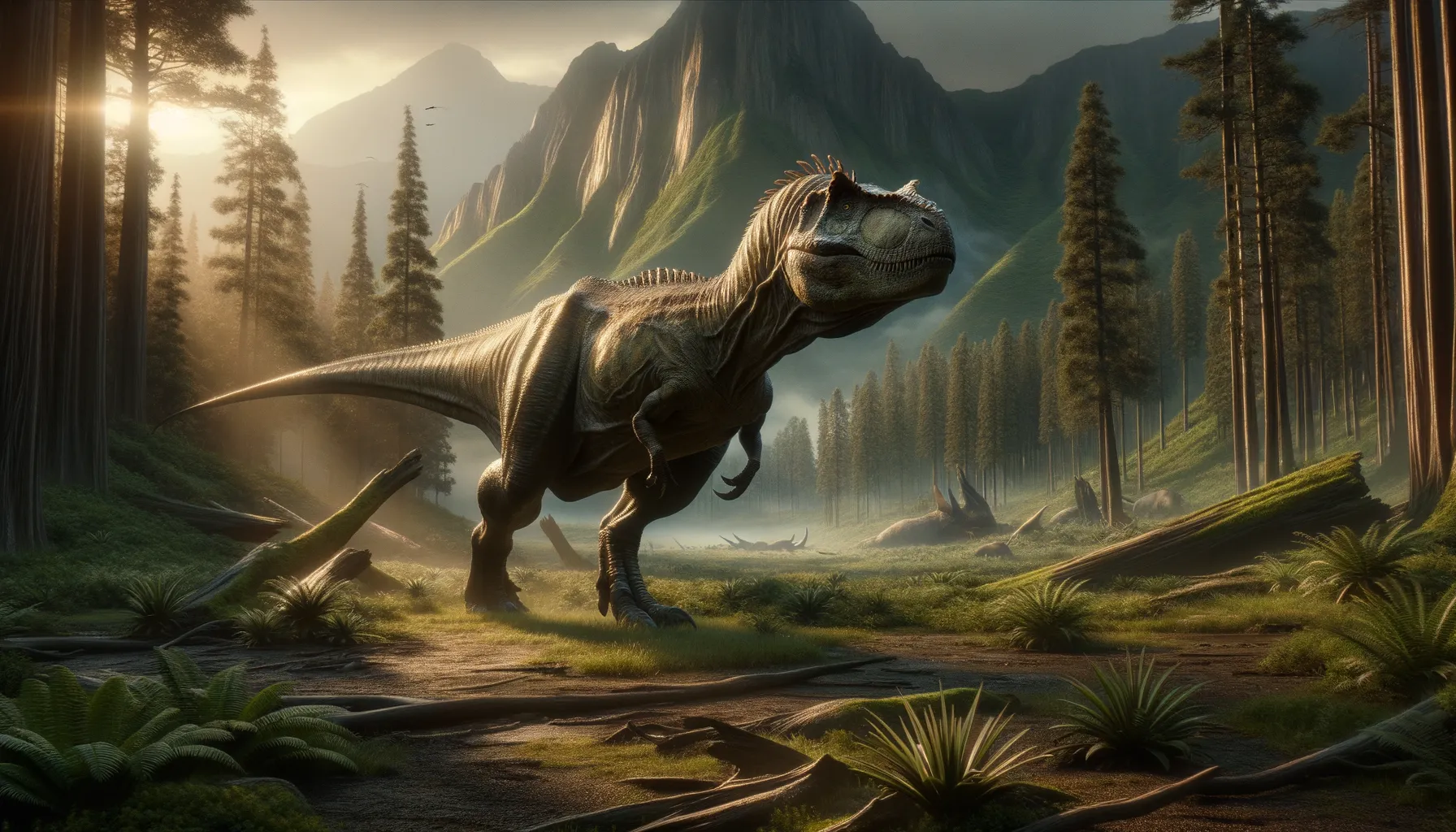
Fendusaurus
The gentle giant of the Jurassic world!
Period
Jurassic
Length
Its length reached up to 10 meters.
Height
Fendusaurus stood about 3 meters tall.
Weight
This dinosaur weighed around 2,000 kilograms.
Fendusaurus was a fascinating dinosaur of the Jurassic period, known for its robust build and herbivorous diet. This dinosaur roamed ancient landscapes, using its size to deter predators. Fossil evidence suggests that Fendusaurus was a social creature, often seen in herds. Its physical characteristics included a large body and strong limbs, adapted for grazing and migration across varied terrains.
Diet
Fendusaurus primarily fed on a variety of plant material. It consumed leaves, stems, and possibly fruits, utilizing its significant jaw strength.
Hunting
As an herbivore, Fendusaurus didn't hunt for food. Instead, it spent much of its time foraging for plants and shrubs to sustain its large body.
Environmental challenges
Fendusaurus faced several environmental challenges, including fluctuating climates and competition for food resources. Seasonal changes could alter the availability of vegetation, requiring migrations to new feeding grounds. Its large size provided some protection against predators, but younger individuals were vulnerable. Adapting to different landscapes also posed challenges, as it needed to navigate forests and open areas.
Speed
Fendusaurus moved at a moderate pace, suitable for its needs.
Lifespan
Fendusaurus had a natural lifespan of several decades.
First discovery
The first Fendusaurus fossil was found in the early 20th century.
Fun Facts
- Fendusaurus was a herbivorous dinosaur that lived around 200 million years ago during the early Jurassic period.
- This dinosaur's name, Fendusaurus, means 'Fendus lizard', named after its discoverer, Dr. Fenda.
- Fendusaurus is believed to have been a small to medium-sized dinosaur, with a length of approximately 10 feet.
- The habitat of Fendusaurus was likely lush and forested, providing plenty of plants for this herbivore to munch on.
- Fossils of Fendusaurus have mostly been found in what is now modern-day South America, offering clues about prehistoric landscapes.
- Evidence suggests that Fendusaurus might have traveled in groups, similar to other herbivorous dinosaurs.
- Fendusaurus had a unique set of teeth adapted for grinding leaves and tough vegetation.
Growth and Development
Fendusaurus experienced rapid growth in its early years, reaching near full size within a decade. This rapid development was crucial for survival against predators. As it matured, its growth rate slowed, focusing more on maintaining its large mass. Nutrient-rich diets were essential for its growth, requiring constant feeding and energy intake.
Habitat
Fendusaurus inhabited lush, vegetated areas during the Jurassic period. It thrived in regions with abundant plant life, such as forests and flood plains. Access to water sources was crucial, as it required large quantities of water daily. Its habitat choices were influenced by the need for food, safety, and social interaction.
Interaction with other species
Fendusaurus coexisted with various dinosaur species, both herbivores and carnivores. Its large size gave it an advantage in avoiding predation, though it was a target for larger carnivores. Herd behavior offered protection, creating a supportive environment against threats. Mutualistic interactions may have occurred with other herbivores, aiding in finding food.
Natural lifespan
Fendusaurus lived naturally for about 50 years.
Reproduction
Fendusaurus reproduced by laying eggs, which were likely incubated in nests. Parental care might have been limited, with hatchlings growing rapidly to ensure survival. Mating rituals could have included visual displays or vocalizations among individuals. Reproductive strategies focused on producing multiple offspring to offset losses from predation.
Social behaviour
Fendusaurus was likely social, living in herds for protection and social interaction. Herds provided mutual assistance in finding food and warning against predators. Social structures within the groups may have included hierarchies, led by mature individuals. Communication among herd members was essential, possibly through vocalizations and body language.
Fossil locations
Fossils of Fendusaurus have been found in North America, notably in regions that were once vast flood plains. Key discoveries have been in areas such as Montana and Utah. These findings suggest that Fendusaurus was widely spread across these ancient lands. Its fossils provide insight into the ecosystems of the Jurassic period.
